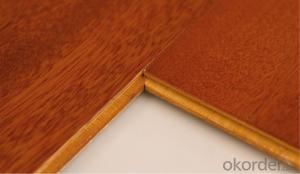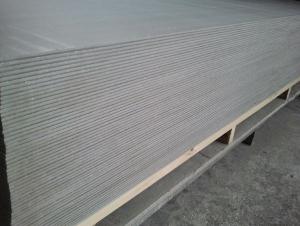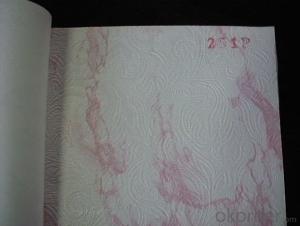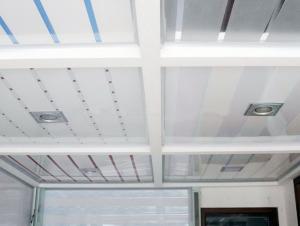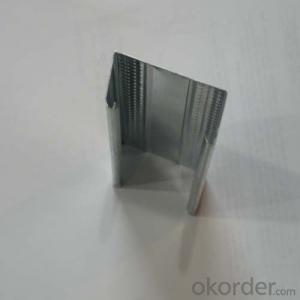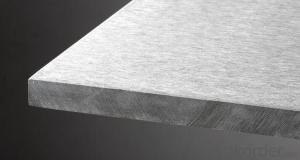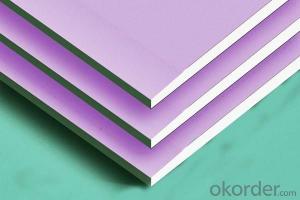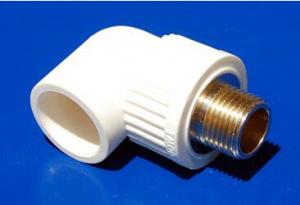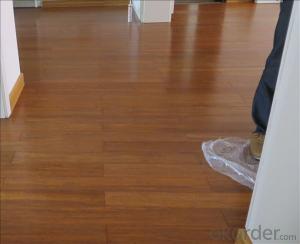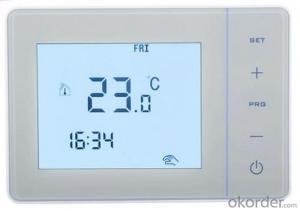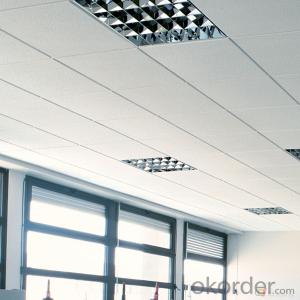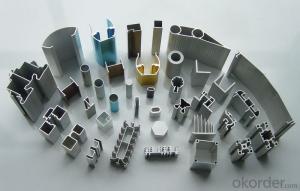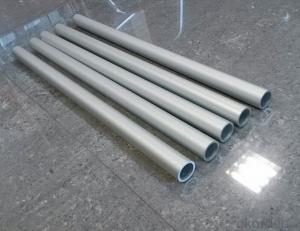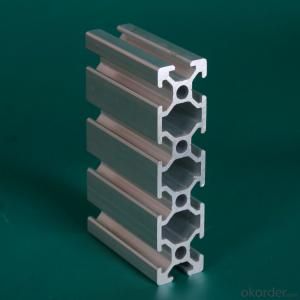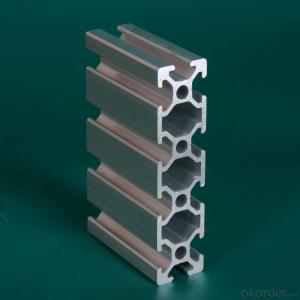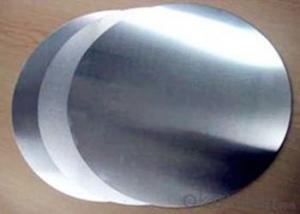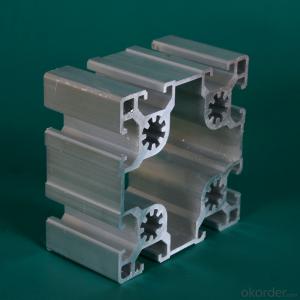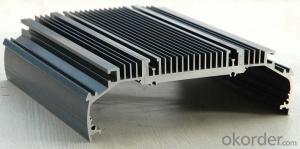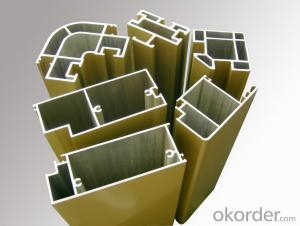Eyeglasses Frames For Men
Eyeglasses Frames For Men Related Searches
Best Paint For Stainless Steel Blanket Insulation For Steel Buildings Primer For Galvanized Steel Foam Filter For Stainless Steel H S Code For Stainless Steel Surface Grinding Wheels For Stainless Steel Surface Grinding Wheels For Hardened Steel Hole Saw For Stainless Steel Paint For Stainless Steel Stainless Steel For BbqHot Searches
Steel Mesh Panels For Sale Price For Stainless Steel Scrap Scrap Price For Stainless Steel Price For Stainless Steel Stainless Steel Plate For Sale Stainless Steel Tank For Sale Stainless Steel Sheets For Sale Cheap High Tea Sets For Sale Stainless Steel Tanks For Sale Stainless Steel For Sale High Density Fiberboard For Sale Solar Hot Water Collectors For Sale Scaffolding For Sale In Uae Scaffolding For Sale In Ireland Scaffolding For Sale In Houston Type Of Inverter For Solar Price Of Shipping Containers For Sale Types Of Inverter For Solar Stock Price For Aluminum Steel Mesh Panels For SaleEyeglasses Frames For Men Supplier & Manufacturer from China
Okorder.com is a professional Eyeglasses Frames For Men supplier & manufacturer, offers integrated one-stop services including real-time quoting and online cargo tracking. We are funded by CNBM Group, a Fortune 500 enterprise and the largest Eyeglasses Frames For Men firm in China.Hot Products
FAQ
- How about the weight calculation of 180 series semi concealed curtain wall aluminum profile
- A section of properties in CAD labeled dynamic block, the section area and mark block association graph can be easily calculated, section area, surface area, weight theory, and the setting up of a variety of materials such as aluminum options.
- Whether aluminum profile of glass curtain wall needs compulsory test?
- Quality inspection standard for glass curtain wall project required2.7 quality assurance materialsFor the inspection of 2.7.1 aluminum alloy sections, the following materials should be provided:Product certification of 1. profiles.Mechanical performance test report of 2. profiles, profile should be imported by the State commodity inspection department inspection certificate.
- or what is the difference between the national standard aluminum profile and the European standard aluminum profile, preferably with pictures? Thank you
- The difference between national standard aluminum profile and European standard aluminum profile:Cross section four angles are different: national standard, four angles are right angle, European standard four angles have radian;The shape of the groove is not the same: GB groove is square, European standard slot is obtrapezoid;The rice is different in weight: the national standard is relatively heavy, and the European standard is relatively light.The fittings and installation methods used are different.
- Yes, aluminum profiles can be used for creating lightweight furniture. Aluminum is a lightweight and durable material, making it ideal for constructing furniture that is easy to move and transport. Additionally, aluminum profiles can be easily customized and shaped to create various furniture designs while maintaining their lightweight properties.
- What are the factors involved in the selection of industrial aluminum profiles?
- Machinability: processability, package, formability, and machinability. Because of the formability and the state, in the selection of aluminum alloy brand, but also need to consider the range of various state of strength, usually the high strength of the material is difficult to shape. The platform should be bent, stretched, deep washed and so on. After finishing, the material has the best formability. On the contrary, the material in the heat treatment state has the worst formability. The cutting of the poor, Aluminum Alloy for molds, machinery parts need cutting better, on the other hand, the low strength of cutting is poor, the mold, machinery parts and other products need cutting, cutting Aluminum Alloy are important factors to consider.Weldability: the weldability of most aluminum alloys is no problem, especially Part 5 series aluminum alloy. It is specially designed for welding consideration. Relatively speaking, it is difficult to weld parts of the 2 and 7 series aluminum alloy.Decorative performance: aluminum used in decoration or some special occasions, need the anodic oxidation of the surface coating processing, to obtain the corresponding color and surface tissue, then the decoration should be a key consideration, in general, good corrosion resistance of the anode material, processing performance, surface treatment coating performance. The performance is very good.
- Yes, aluminum profiles can be used for stage and truss structures. Aluminum is a lightweight and durable material that is commonly used in the construction of stage and truss systems. It has excellent strength-to-weight ratio, making it ideal for supporting heavy loads while minimizing the weight of the overall structure. Additionally, aluminum is corrosion-resistant, which is important for stage and truss structures that are often exposed to outdoor elements. Aluminum profiles can be easily assembled and disassembled, allowing for flexibility and ease of transportation. Overall, aluminum profiles are a popular choice for stage and truss structures due to their strength, lightweight nature, durability, and ease of use.
- Aluminum profiles can be produced using various extrusion methods. Here are some commonly employed techniques: 1. The most frequently used method is direct extrusion. It involves heating an aluminum billet and forcing it through a die by means of a ram. The aluminum is shaped into the desired form as it passes through the die. Direct extrusion is known for its efficiency and cost-effectiveness. 2. Indirect extrusion, on the other hand, requires the billet to remain stationary while the die moves towards it. The die pushes the aluminum through the stationary billet, resulting in the desired shape. This method is often favored for intricate shapes or when precision is crucial. 3. Impact extrusion employs a punch to forcefully drive the aluminum billet into a die cavity. The high impact causes the material to flow into the die and take on its shape. This method is commonly used for manufacturing hollow parts or tubes. 4. Hydrostatic extrusion relies on the use of a fluid, such as oil or water, to pressurize the billet and guide it through a die. The elevated fluid pressure enables greater control and precision in shaping the aluminum. Hydrostatic extrusion is typically chosen for producing high-quality, strong aluminum profiles. 5. Cold extrusion takes place at room temperature, with the aluminum billet being extruded without heating. The lower temperature contributes to increased strength and improved surface finish. Cold extrusion is popular for creating small, intricate aluminum profiles. Each of these extrusion methods offers its own set of advantages and is suitable for different applications. Factors such as profile complexity, desired strength, surface finish requirements, and cost considerations play a role in determining the most suitable method.
- No, aluminum profiles are not suitable for electrical conductivity applications. While aluminum is a good conductor of electricity, aluminum profiles often have an oxide layer on their surface, which can hinder electrical conductivity. Additionally, aluminum profiles are prone to corrosion, which can further impact their conductivity. Therefore, materials with better conductivity properties such as copper or silver are usually preferred for electrical conductivity applications.

















